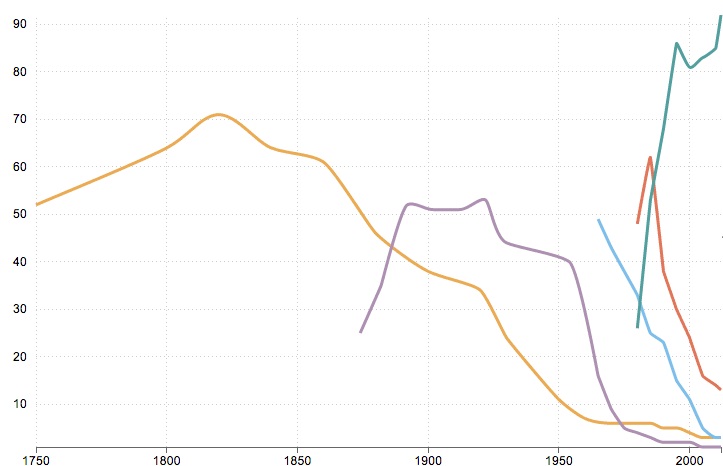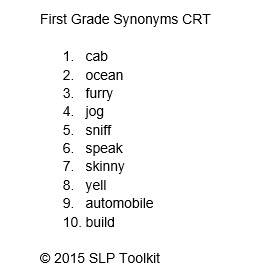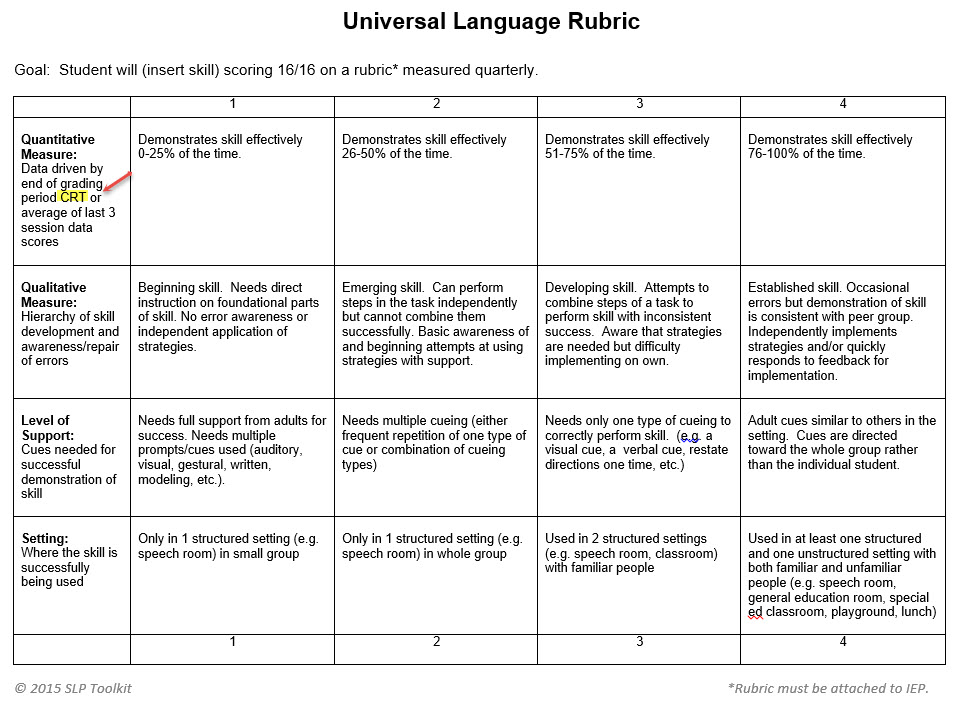
Criterion Referenced Tests vs. Rubrics vs. Whatever I Can Grab
November 28, 2015
It’s progress monitoring time for the 60 students on your caseload. Your IEP goals are written for measurement by data, and you pour through your notes trying to come up with something to show progress. The articulation goals are easy - black and white data, easy to report on. But for social & receptive/expressive language goals, your activities have not been consistent, and performance really depends on exactly what activity the student was doing on any given day. So your data kind of looks like this:

You try to grab something to do with a student to get more concise data. What did you use last time? There must be something in some binder or filing cabinet somewhere! There has to be a better way!
This is where Criterion Referenced Tests (CRTs) and rubrics come to the rescue! They can be used in isolation or together to report progress. Let me tell you more.
CRTs measure a student’s performance against a predetermined criteria. Teachers frequently use CRTs to evaluate whether students have learned a skill or met the expected standards. This form of measurement is an excellent way for SLPs to collect baseline data and then retest the students performance using the same criteria each quarter to monitor progress. The consistency of using the same CRT to retest improves accuracy of the data. Here is an example of a CRT that can be used to test synonyms in a first grade student. The same set of synonyms would be used each grading period to determine progress on the skill.

As with any other assessment, it is important not to teach the test. You will be working on synonyms s a skill with the student, but will focus on strategies a student needs to name synonyms (e.g. determine if the word is known/unknown, try to put it in a sentence, try to think of another word that could fit) vs. the words on the CRT. Ideally you will be selecting words in therapy that connect in to the student’s curriculum.
Another effective way to measure progress on IEP goals is to use a rubric. Rubrics are a buzz word in education today. They list a set criteria for mastery that include both quantitative and qualitative data in a way that makes sense to teachers and parents. They can include objective performance data on the skill, level of cueing needed, setting skill is used among other things, making it a more authentic measurement of the skill.
Rubrics are particularly helpful for breaking down and assessing the complex nature of social skills, which can be complex and subjective. However, they are not limited to this communication area.
When using a rubric, it is important to attach the rubric to the student’s IEP so it is clear how the goal is being measured. Otherwise, parents/teachers/unfamiliar readers may interpret a rubric score of 14/15 as a ratio rather than a total number of points to achieve.
A CRT can be used in combination with a rubric. For example, on this universal language rubric, your CRT would be the objective data that gives you your score for row 1.

SLP Toolkit has done the hard work and created speech/language CRTs and rubrics for a variety of skills. Even better, they are all stored electronically for easy access. There is no more guesswork of what to test or where to find your materials. Who has time for that anyways?! You can check us out January 2016 at: www.slptoolkit.com
-Lisa



